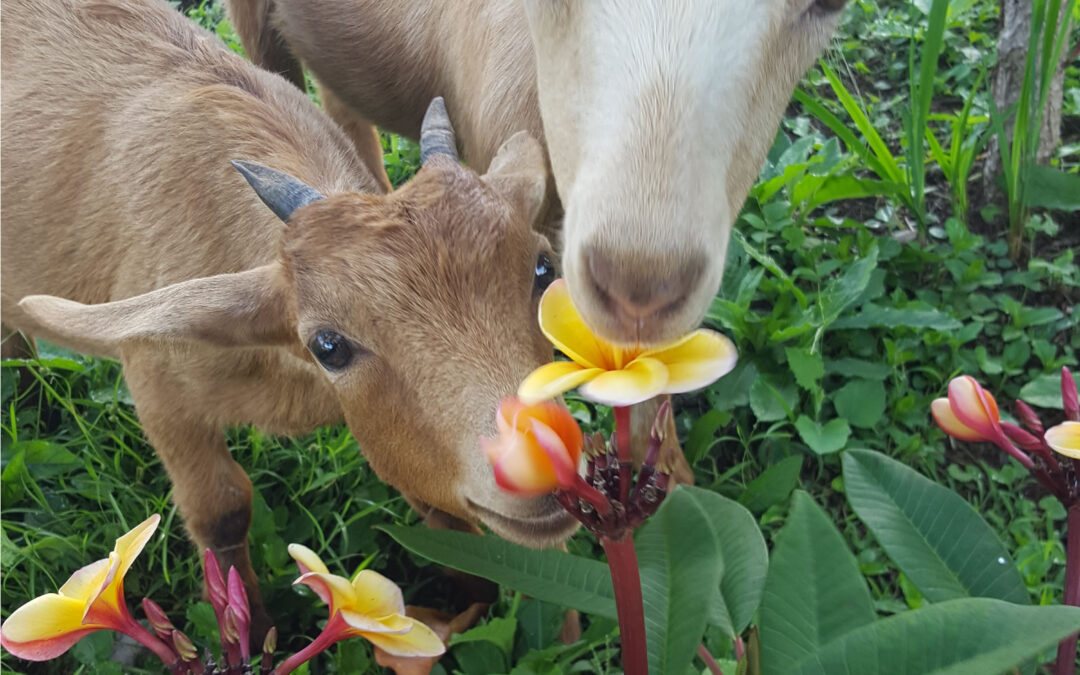The Hawaiian Islands are the most geographically remote inhabited islands on earth, 2500 miles in any direction from the nearest populated landmass.
The island of Maui is divided into 12 districts called moku. Two of the districts on the windward North Shore are named Hāmākua, meaning the “breath of the gods”. It is not surprising that this is one of the wind-surfing capitals of the world. The smaller of the two districts is called Hāmākuapoko (poko means short) and the larger is called Hāmākualoa. (loa means long)
Each of the twelve moku is further divided into numerous land divisions called ahupua’a. These are typically wedge-shaped pieces of land that extend from the ocean to the top of Haleakala. Each ahupua’a includes lowlands and uplands.
This ahupua’a system very efficiently promotes sustainability, connection and well-being. It reflects the Hawaiian belief in the interconnectedness of the land, the sea, the clouds and all living things.
Bamboo Mountain Sanctuary is situated on a prominent ridge in the Kaupakalua Ahupua’a in the moku of Hāmākualoa.
The word Kaupakalua has two meanings in Hawaiian: “The place of the double wind” and “The place of the great raindrops”. In fact, our ahupua’a is doubly blessed by abundant rainfall and prevailing winds.
Our island of Maui Nei is one of 137 mokupuni in the archipelago of Hawaiʻi, a word which combines the same double blessing of water (wai) and breath (ha) and adds the “I” , denoting supreme consciousness or Source. The name “Hawai’i” alone says it all.


I so appreciate this brief and yet rich description of the moku and ahupua’a.
The place of the double wind” and “The place of the great raindrops”. Describes the experience of living on Kaupakalua very well!
I had not know the meaning of the word Hawaii! Breathe water and supreme source of existence. No wonder!!!
Aloha, Streams, I’ve had a preliminary look at your website. Sun has set and Venus is about to dance with the crescent moon. I know how you know and embrace the joys of the simply sacred life. I’m with you. I’ll come back to read your writings in greater depth. For now, it’s enough simply to relax with you. Tea together, yes!!! Let’s have that happen!